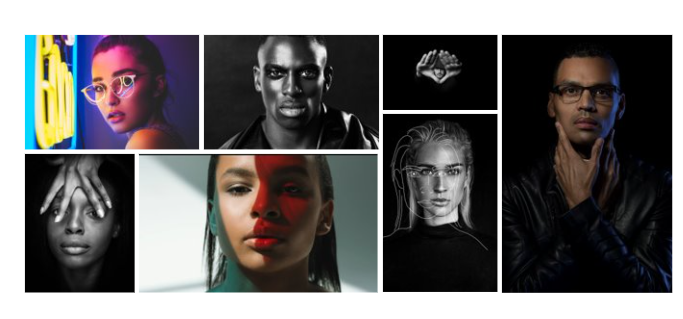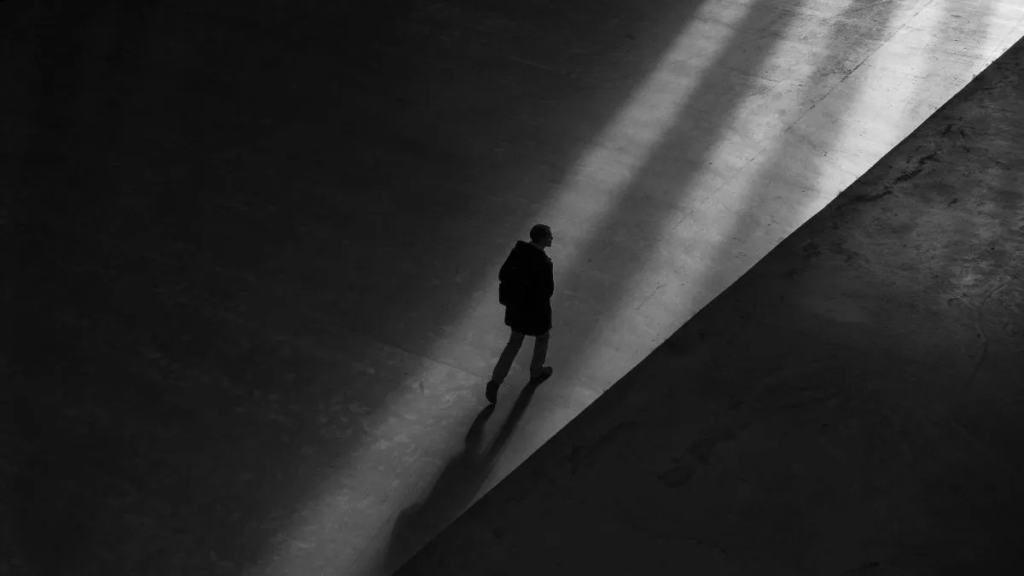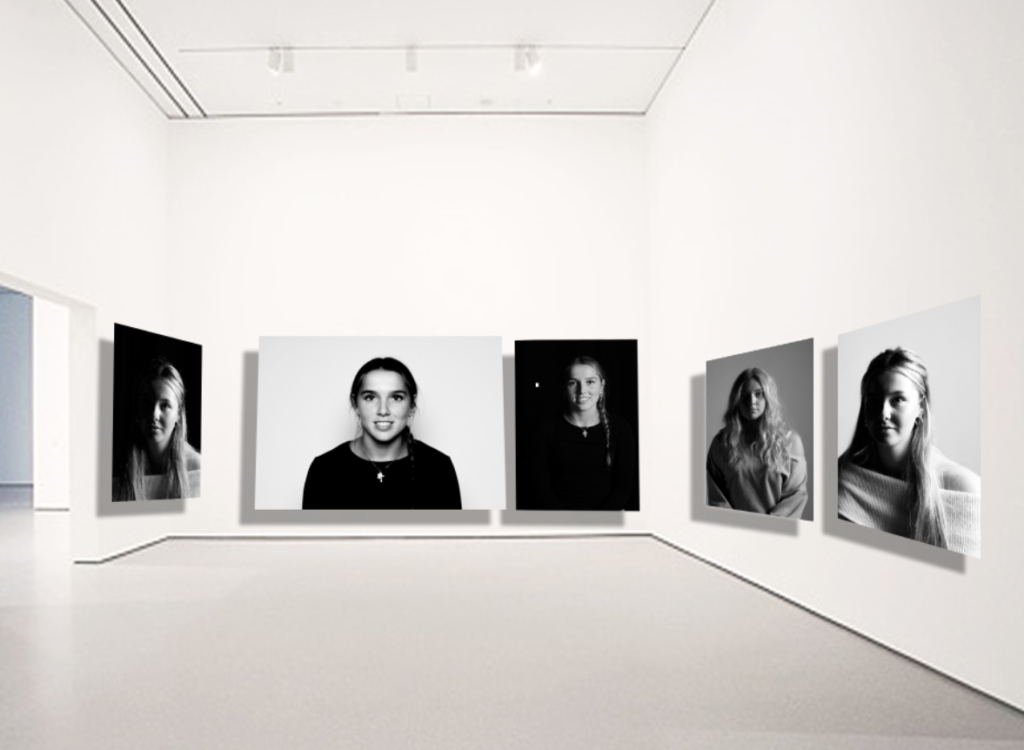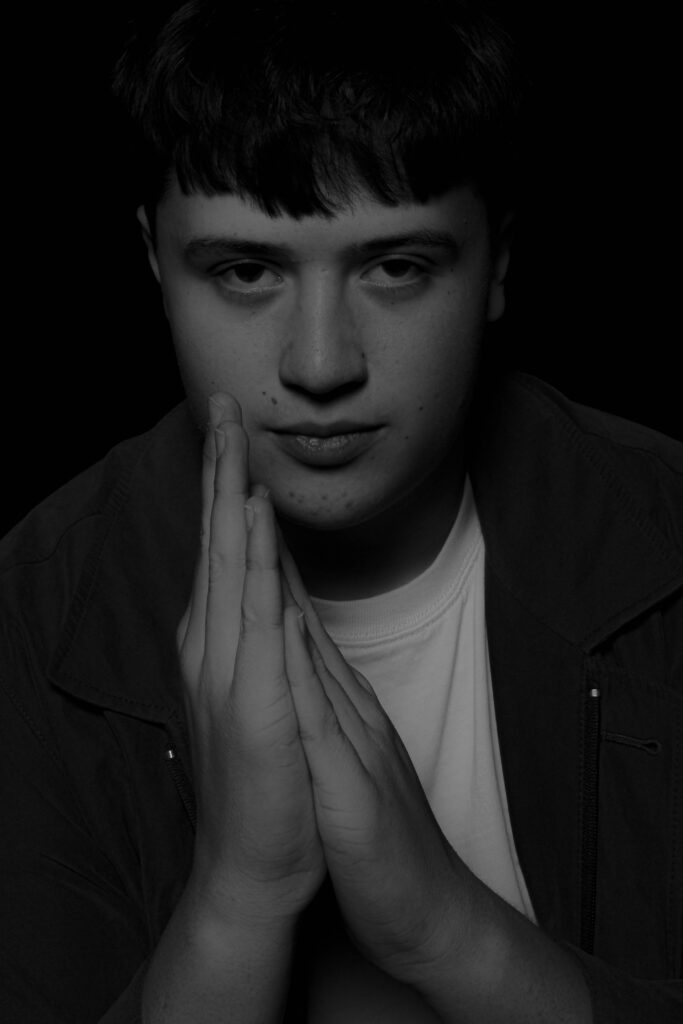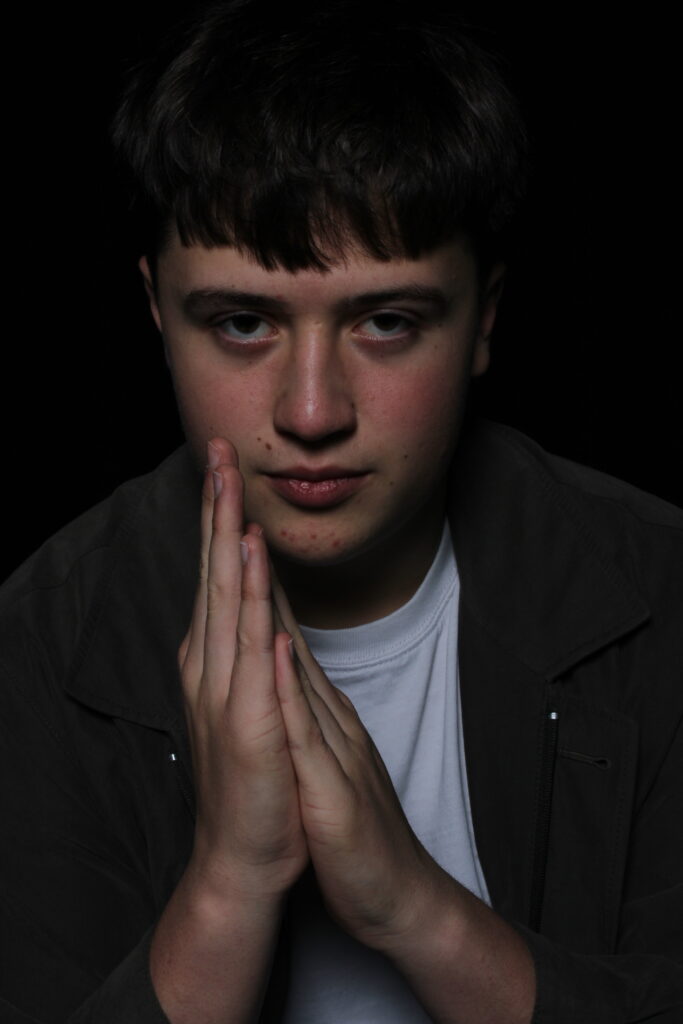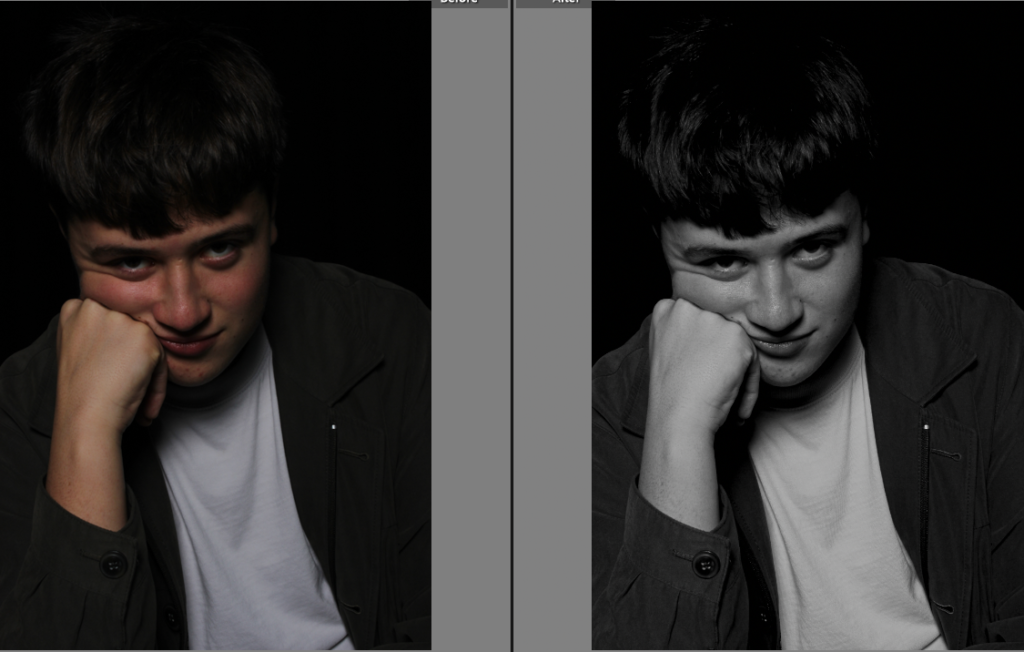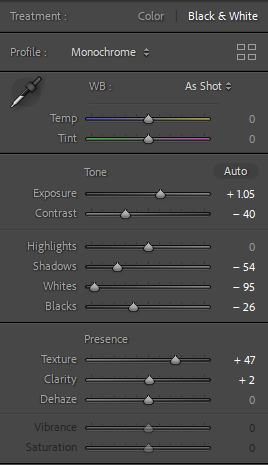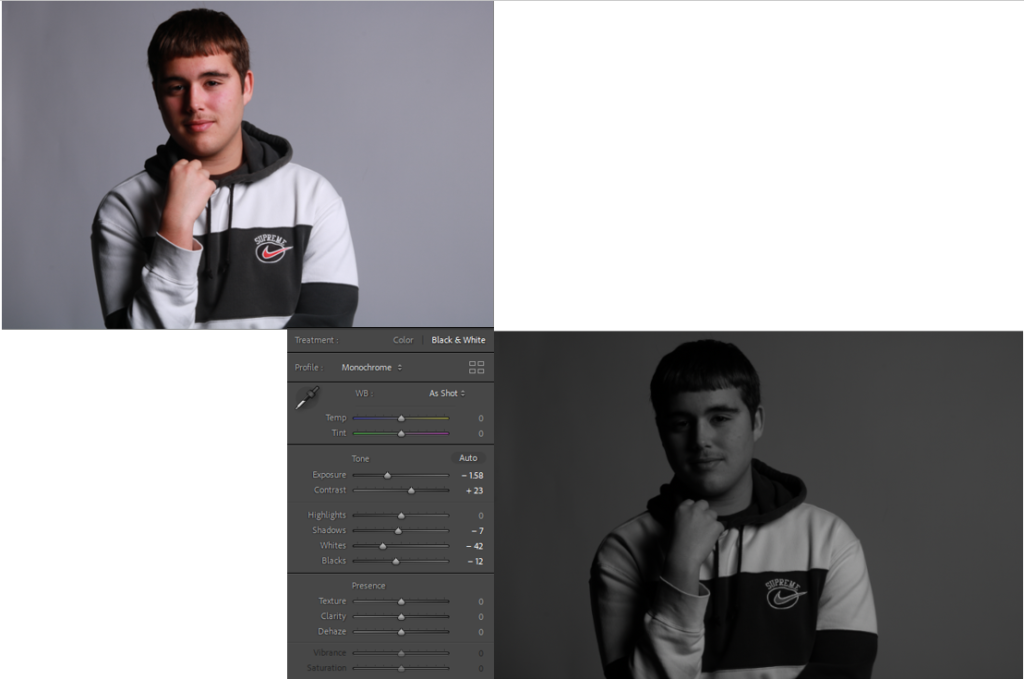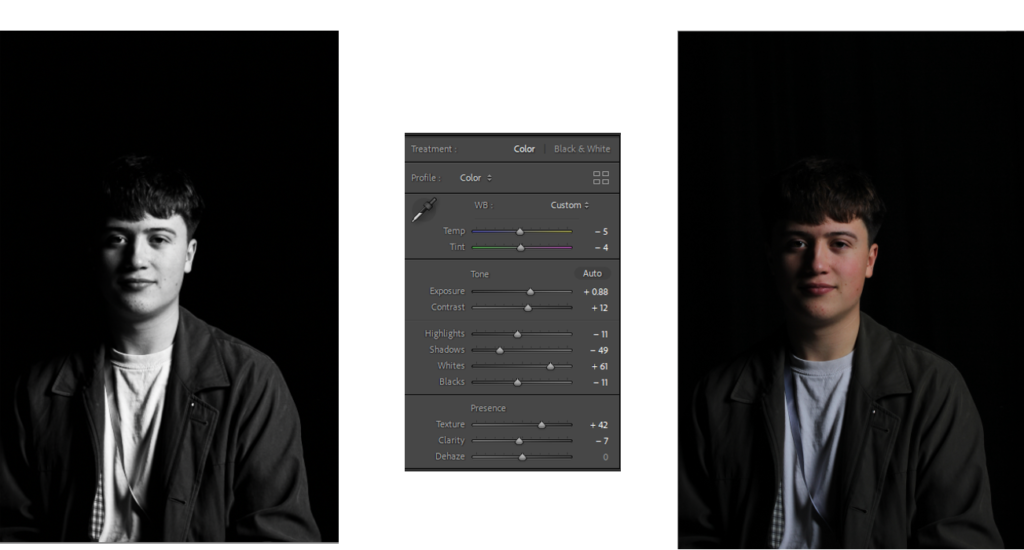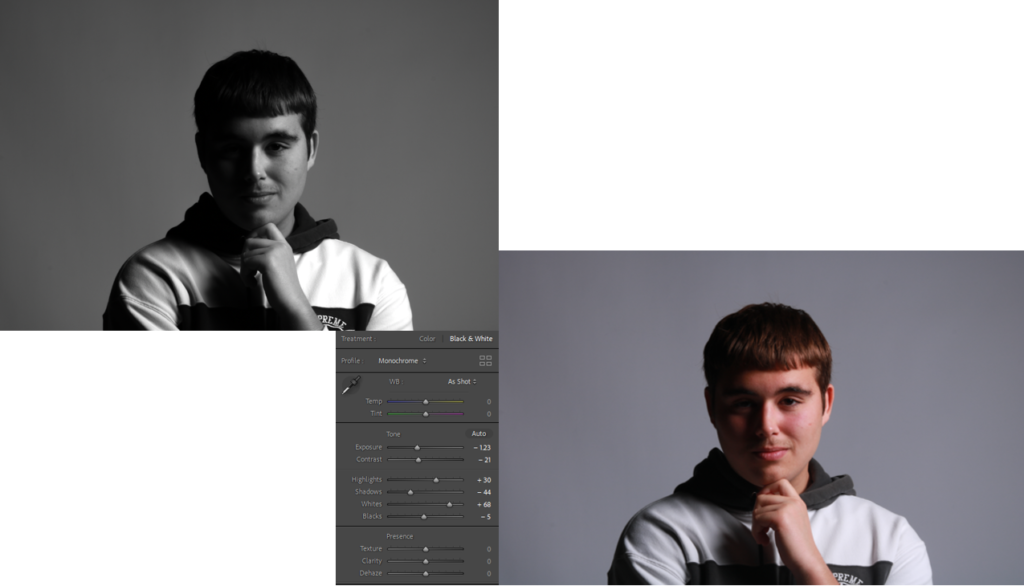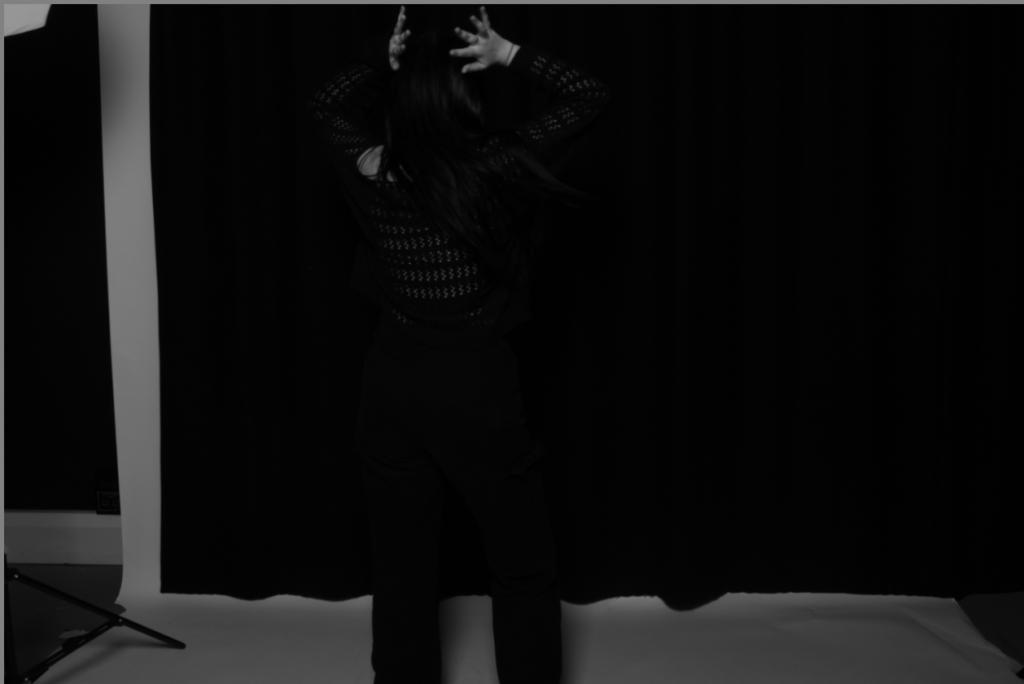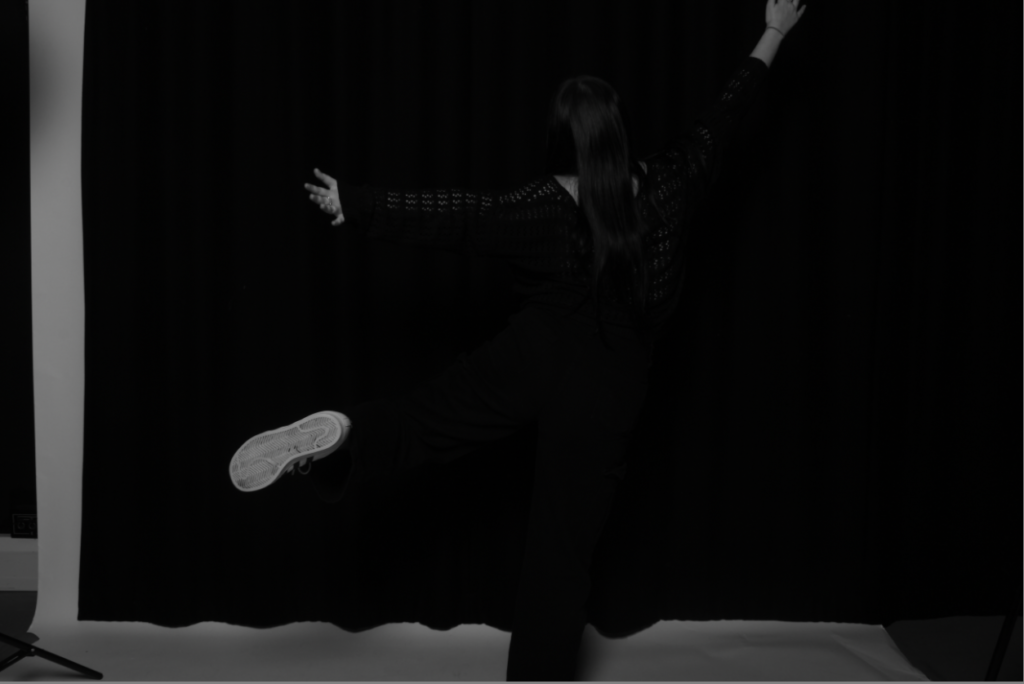What are Head-shots?
Head-shots are a specific type of portrait photography that focuses on capturing an individual’s face, typically from the shoulders up. They are often used in professional settings, such as for actors, models, business professionals, or individuals seeking employment. Head-shots aim to capture the subject’s personality, professionalism, and approach-ability. They are used for various purposes, including resumes, portfolios, websites, social media profiles, and corporate profiles. Head shots are generally characterized by a clean and simple composition, with the subject looking directly at the camera to establish a connection with the viewer.
Why are they important?
Headshots are important for professional presentation, personal branding, career advancement, networking, and brand consistency. They create a positive first impression, convey personality and professionalism, increase visibility and opportunities, improve online presence, and contribute to a cohesive image for businesses.
Who is famous for Head-shots?
There are several famous photographers known for their expertise in head shot photography, including Peter Hurley, Annie Leibovitz, Mark Seliger, Lindsay Adler, and Greg Gorman. These photographers have established themselves as experts in capturing authentic and compelling headshots, working with celebrities and models. They are recognized for their unique styles and ability to capture personality and emotion in their images. However, there are also numerous other talented headshot photographers who may vary in popularity based on personal preferences and location.
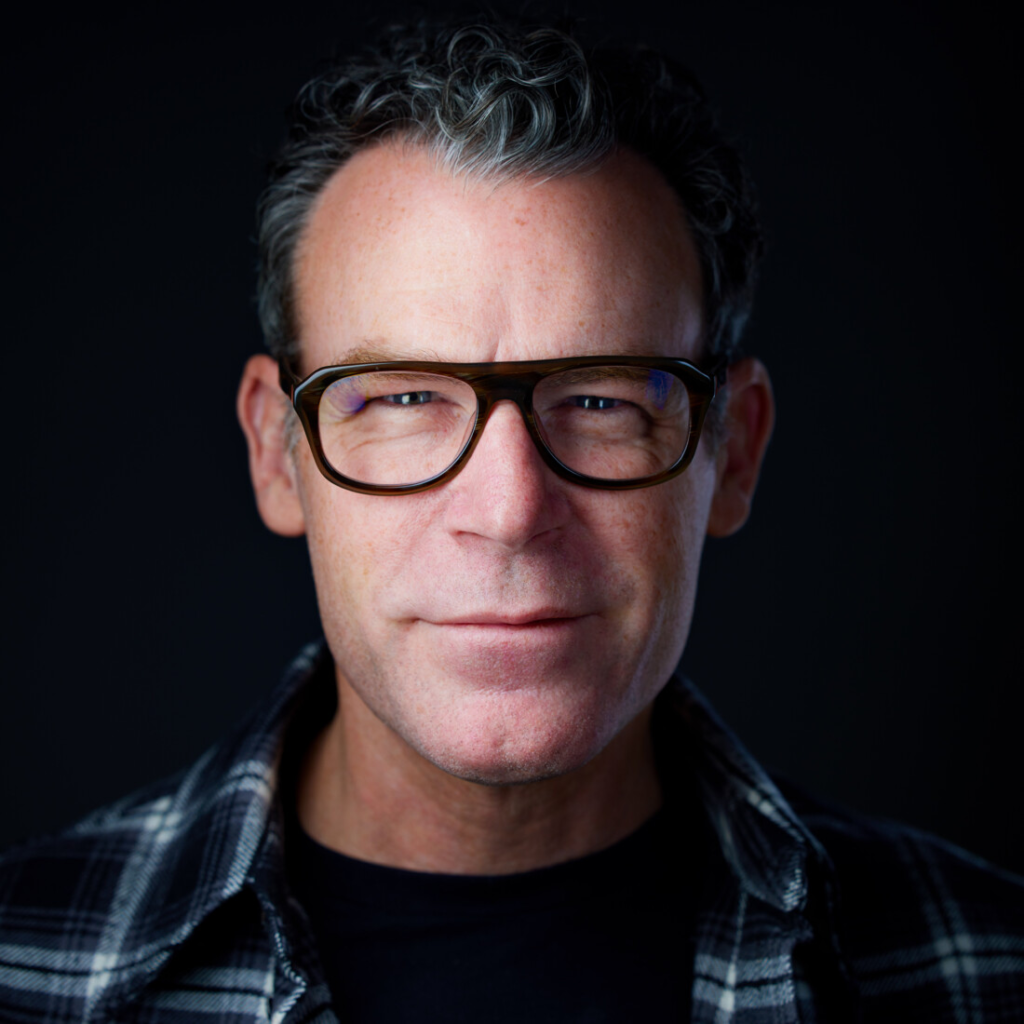



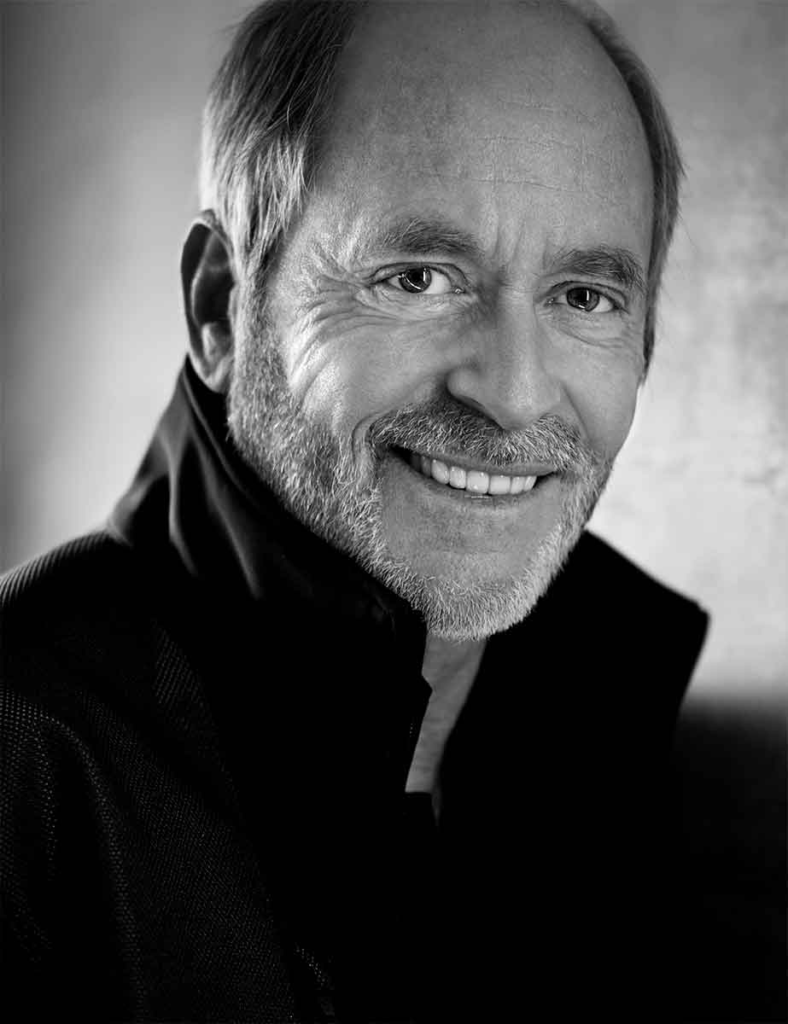
Examples of Headshots;
